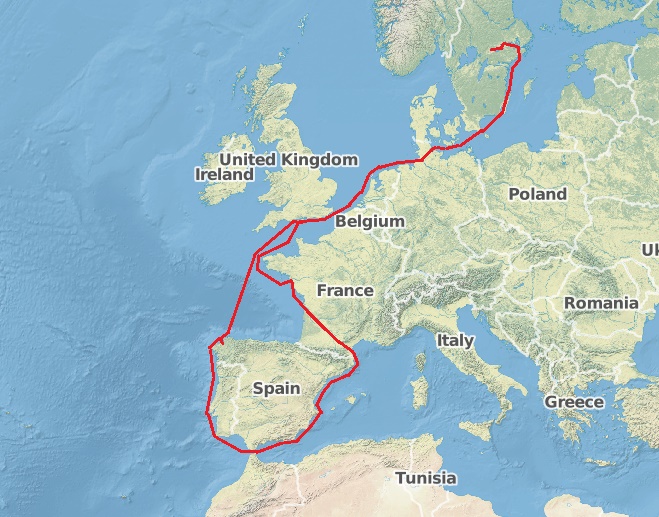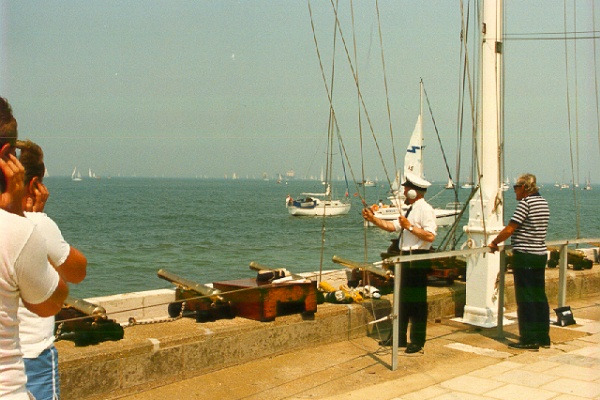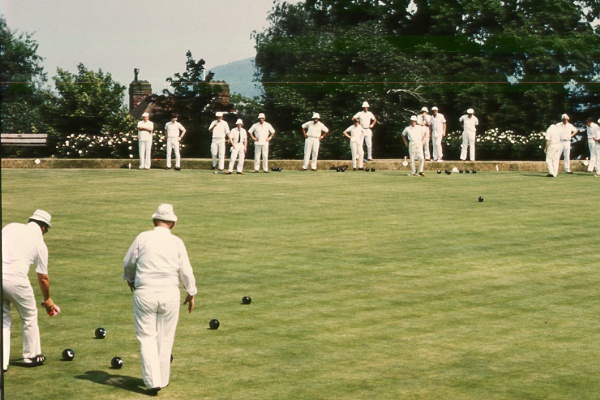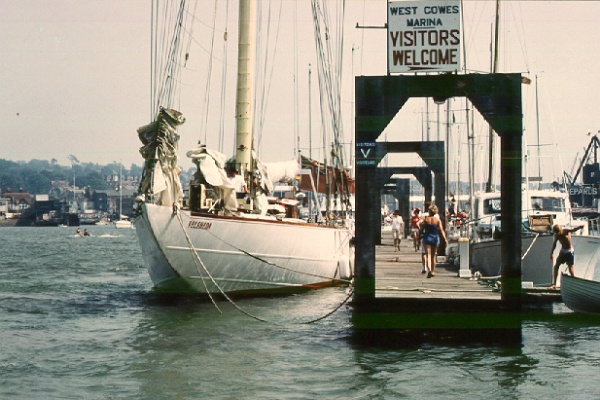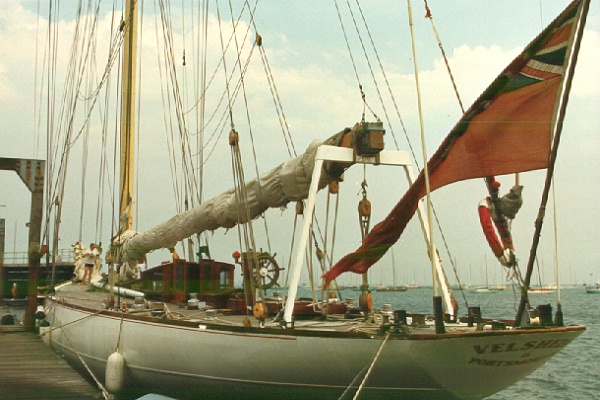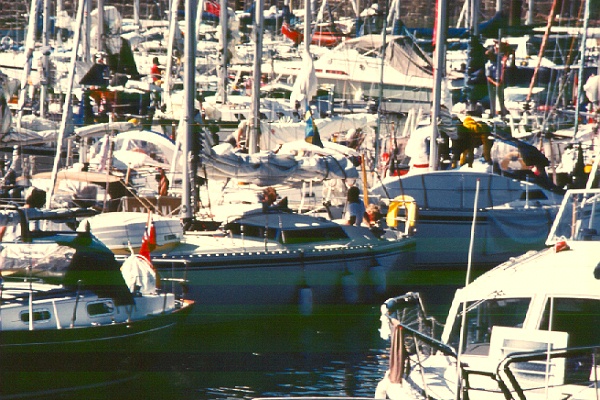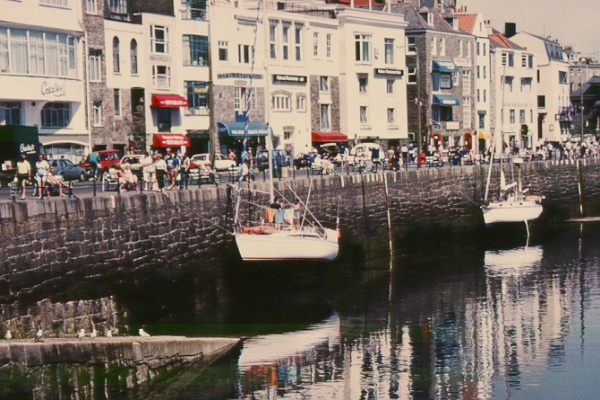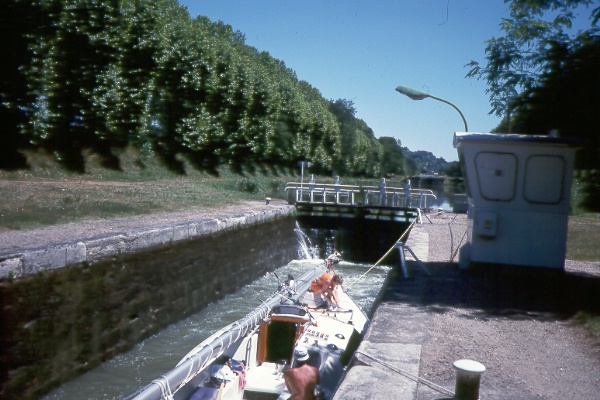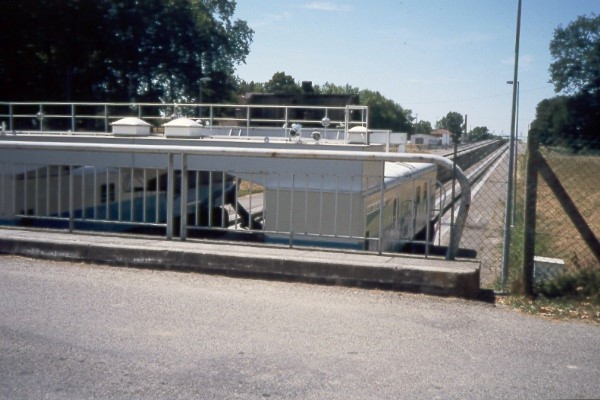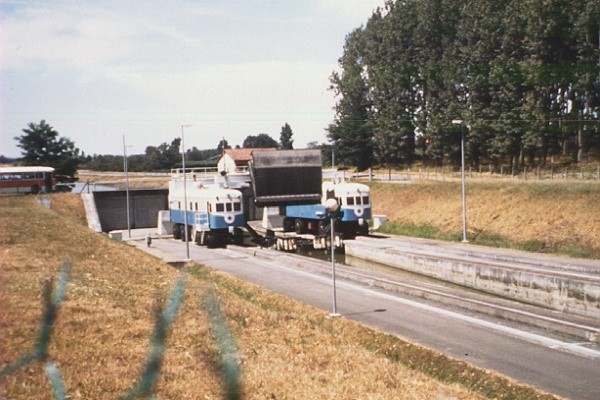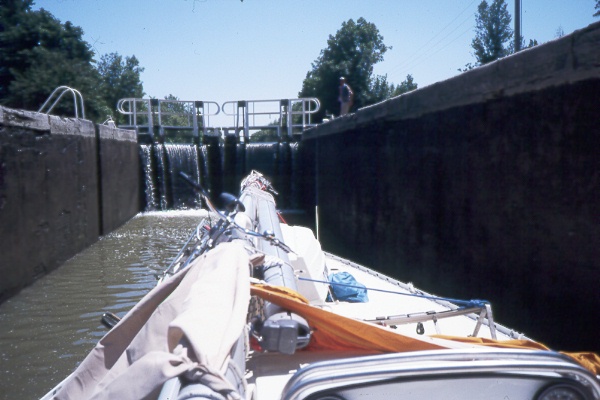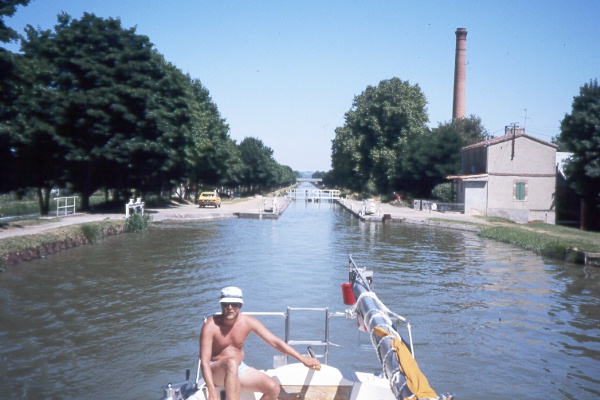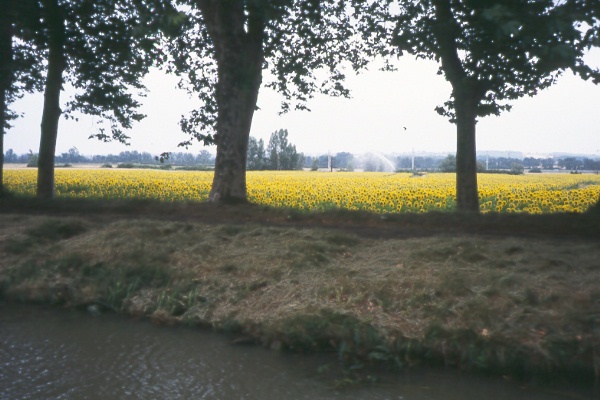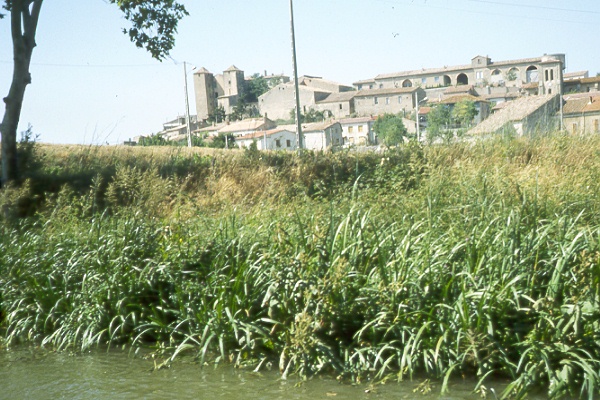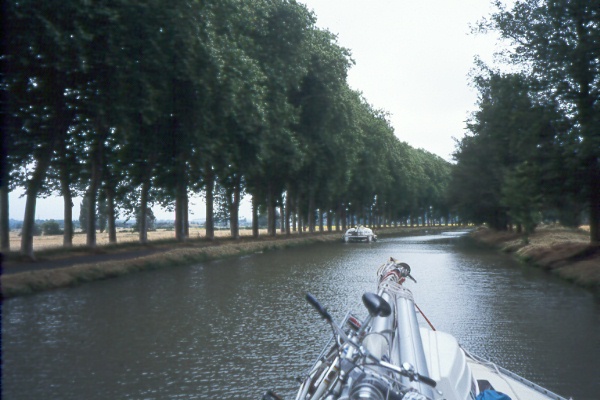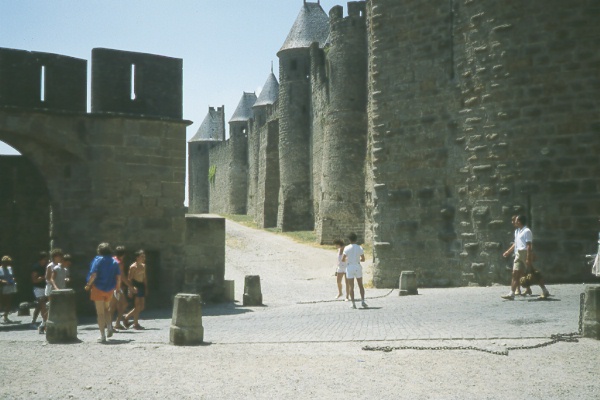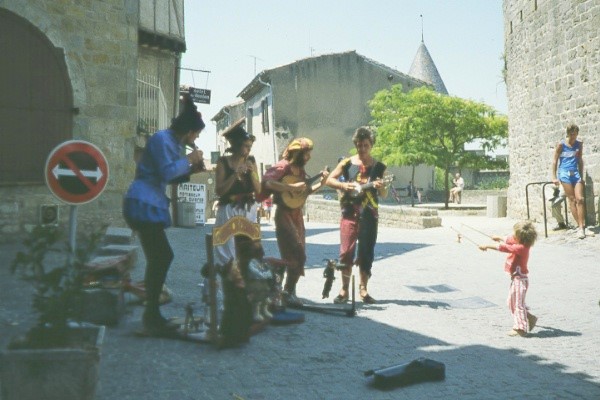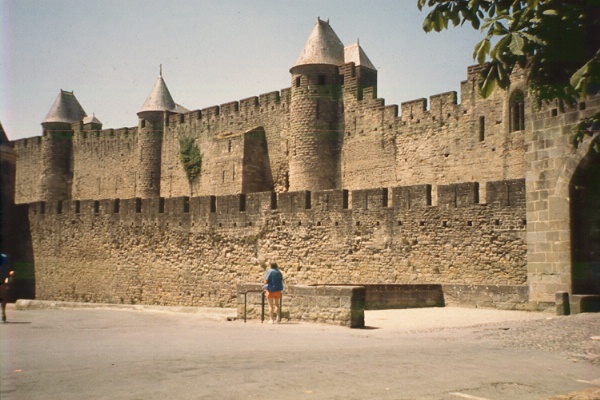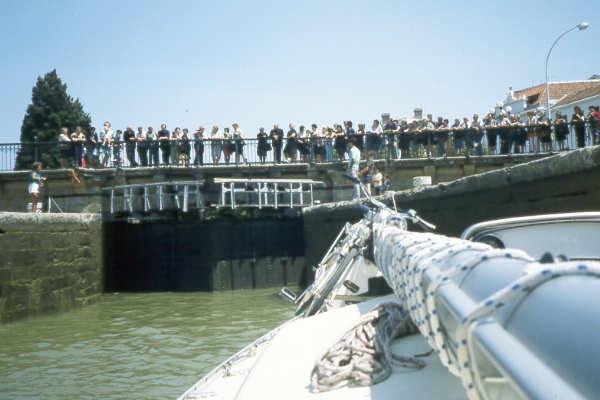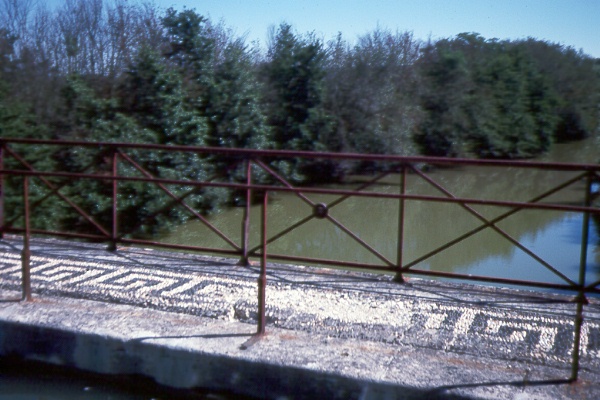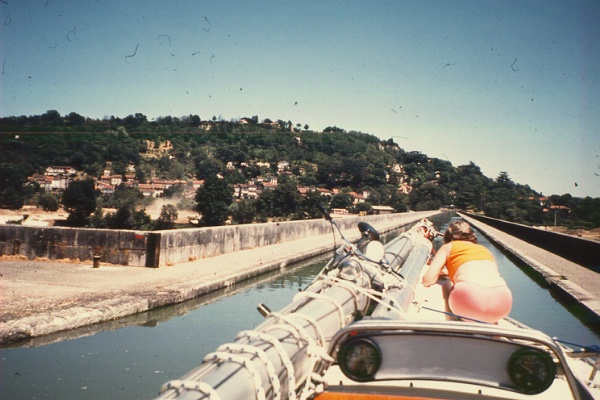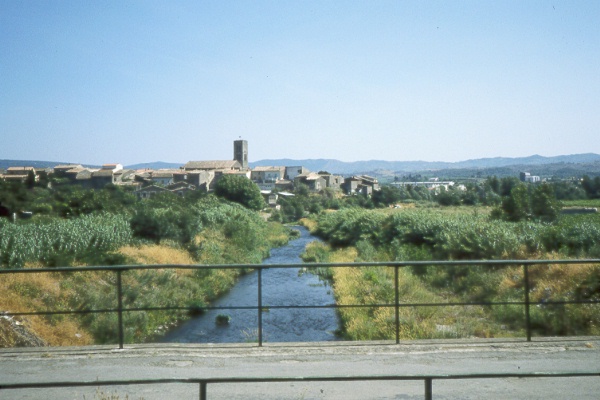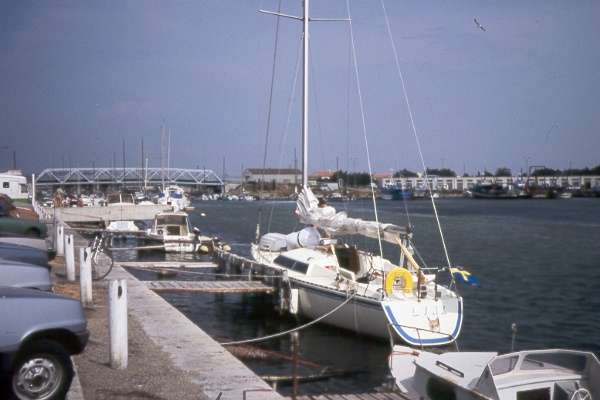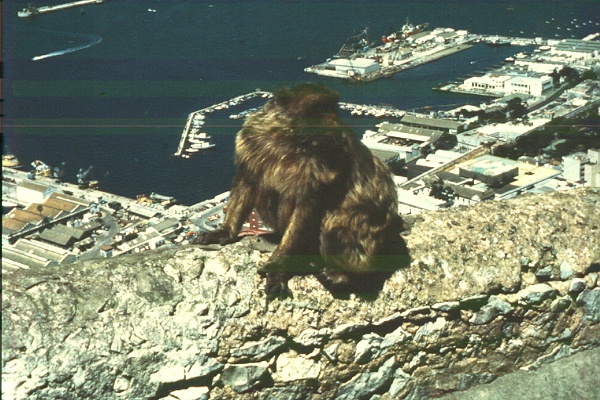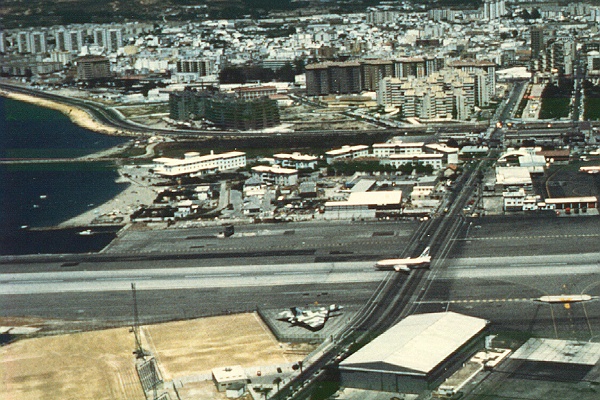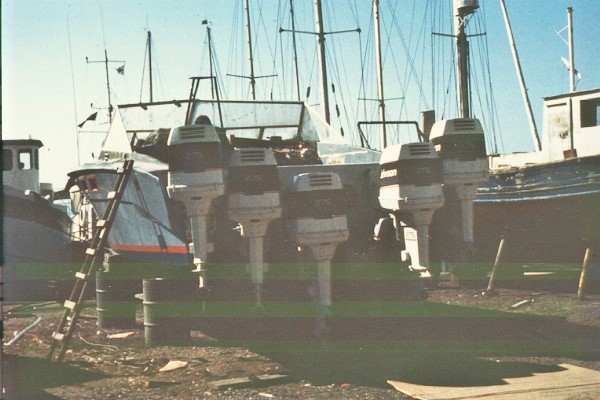
 1986
1986


Around Spain by Canal Midi
Sweden, France, Canal du Midi and Spain by Johan Kjellander 1986-2014 På svenska
During the summer 1986 I sailed Lynx with different crews from Örebro to the Mediterranean through Canal du Midi, around Spain and back to Örebro again. Around 5000 NM in three months!
My parents joined me on Canal du Midi. They also took the pictures from that part of the journey. Tove scanned everything 1998 and I wrote the texts, with an update 2014. In 2019 I translated the Swedish text to English.
Around Spain in three months
We left Sweden and took the Keil Canal out to the North Sea, then continued south until we reached Cowes on the prominent Isle of Wight on the English south coast. This is the number one meeting place for the English sailing society, strictly honouring fine manners and old traditions. The Flag Captain handled all the flags and pennants and the brass canons were neatly polished. Sailboats were racing on the Solent more or less all the time.
In the garden of the Royal Yacht Club men in white costumes played marbles, or was it boule?
Floating pontoons of course, because of the tide. Lots of boats, local and foregin visitors. Some big and some small. The one above was BIG. It's boom was twice the length of our entire boat and the mast over 50 meters high! It was the famous J-Yacht Velsheda which had Cowes as it's home port. We happened to end up just beside her, on the other side of the same pontoon and felt like dinghy sailors. Having seen Velsheda that close, more or less in original design is a memory for life.
I took the right picture above from our cockpit. She is completely flush decked and has no winches. Only hoists and blocks. The main sail is 500 square meters. She was available for charter for one thousand pounds per day which would not be impossible if you were 10-15 persons to split the cost. A big Swan yacht came and tied up alongside her. The mast of the Swan didn't even reach up to the lower spreaders of Velsheda, and she had at least three pairs, or maybe four.
From Isle of Wight we continued to the Channel Islands. First Alderny and then Saint Peters Port on Guernsey. Very crowded. So many boats.
The Channel Islands are well known for strong tides. Ten meters between high and low is not unusual. The entrance to the inner basin in St. Peters Port has a sill so you can only enter or exit at high water. The sill protects the inner basin from the big variations outside but there is still enough to dry out close to the stone wall. How dare they ?
From Guernsey we continued to Bordeaux on the border between France and Spain at the bottom of the Biscay. Bordeaux is the start of a waterway which is often called Canal Midi that connects the Atlantic with the Mediterranean. The actual Canal Midi is only part of this waterway, it starts with the river Garonne in Bordeaux and there are also other canals involved. Some of the canals are very shallow, only 1.4 meters and the lowest bridge was three meters. I had to take my mast down in Bordeaux before I could continue.
From Bordeaux you travel through classical wine districts like Sauternes, Loupiac and Cadillac. Here they make Blanquette, a sparkling white wine similar to champagne. Also, the red wines from Bordeaux are world famous of course.
There were many locks and most of them were of pretty ordinary design but this one was something extra. Based on the principle of a ramp with vertical sides, two heavy tractors, one on each side of the groove, carry a retractable lock gate between them. A boat comes in, the gate is lowered behind the boat and the tractors start pulling the water and the boat upwards.
Once up, a new gate is opened and the boat can continue its journy. On the right picture above you see the two tractors, blue and white on each side of the slanting groove with the lock gate lifted up into the air between them so that a boat can pass inunder.
This arrangement must be pretty exceptional. A big advantage is the fact that it does not consume any water, at least theoretically. The same amount of water goes up and down all the time. Ordinary locks empty their water when the gates are opened and somehow this water has to be repalced with new water from higher up in the canal. Many solutions to this classical problem have been tried all over the world but this one in Canal Midi is probably unique. It's quite typical for French engineers to come up with an idea like that.
The entire waterway has all together about 170 locks of which most are not higher than 2-3 meters. Canal Midi is one of the oldest in Europe, from the mid 17:th century. Hjälmare canal between Hjälmaren and Mälaren in Sweden is a little older, opened around 1630 but very similar in design.
The shortest distance between two points is a straight line. I have heard that there is no matematical proof for this theory so therefore it's called an axiom. The people who built Canal Midi definitely belived in it anyway, in many places the canal is straight as a line, kilometer after kilometer. Just like an endless staircase.
Millions of sunflowers. Like soldiers in attention, all facing the same direction. Slowly they follow the sun as it moves over the heavens. The winefields of Bordeaux slowly vanished and sunflowers increased in numbers as we approached the Mediterranean.
Not only the canal itself is old of course. Many villages along the canal are medieval or even older. In one village the church was 12:century and an original painting by Rembrant was displayed on demand. This part of France is poorer than the north but prices were good. A four-course dinner on a small hotel was 35 SEK (3.5 Euro) per person. Wine of the house included!
Why you plant planes so often along the French canals I don't know. In Sweden, we planted oaks along our canals to get timber for shipbuilding, but I do not think that ships are built of plane trees. Possibly I'm wrong. They are beautiful in any case with their smooth trunks and heavy foliage.
One of the old villages is Carcassonne, surrounded by a completely intact double wall with about 50 towers built in the 12th century. Inside the walls is an equally old church and a castle.
Carcassonne is, of course, a popular tourist destination and within the city various gigs are ongoing. Here it is a group of actors who entertain. Movie recordings are also common in Carcassonne.
A picture of the city wall, 1500 meters long and double.
The canal passes Carcassone just outside the wall and here is also a lock. A busload of tourists happened to come just as we entered the lock.
There are plenty of aqueducts on Canal Midi. This one was beautifully decorated with a nice mosaic.
And this one is one of the worlds longest, 600 meters.
Not a long one but a beautiful view to the south.
Then finally, we arrived to Port la Nouvelle in the Mediterranean. Unfortunately, I was far too in a hurry and stressed through the canal in just 10 days. I would like to have had at least 14 days, preferably more. Here we raised our mast again with the help of a huge crane for cargo vessels. Wow, the mast went up in the air like a rocket and it was all done in just a few minutes.
First time in the Mediterranean on my own keel. It was a little nervous. Now I would be sailing again and my parents who followed me on the camal were replaced with new crew. From here we sailed south along the coast and stayed a couple of days in Estartit where we took the opportunity to do some scuba diving. For a week I then sailed single handed but in Malaga my good friend David joined me and followed me all the way back home to Sweden. In exchange, I had promised him to crew on his boat from the Canary Islands to the Caribbean next winter, which I also did, but that is another story.
The first stop after Malaga is Gibraltar. A high cliff full of monkeys! Yes there are people there as well, of course, but they are not as famous. Gibraltar belongs to Britain and the monkeys on the rock are important to the English. When the monkeys leave the cliff, the empire is said to go under. Therefore, they feed the monkeys and care for them in every way. Churchill even ordered import of new monkeys when the old ones were running out!
The port to the left, an airport in the middle and roads all around. The border with Spain is close to the airport and the only way in or out is across the aircraft's runway. When a plane comes, they close the road with bars, much like a railway crossing.
Shepard's marina in Gibraltar is well stocked with most things needed for a boat. Fast motorboats seemed to be popular but this one does take the price I think. Six (6) huge outboards next to each other. With so many engines, it was no wonder that one was broken. I think they were 275 horses each or was it just 225?
From Gibraltar we tacked north along Portugal's coast in constant headwind right up to Biscay. 1200 nautical miles! From more experienced sailors we were then told that it always blows north on this route and that everyone with a little sense sails via the Azores when they are going north. Well, over Biscaya and further up the English channel we got great sailing all the way back home to Sweden.
